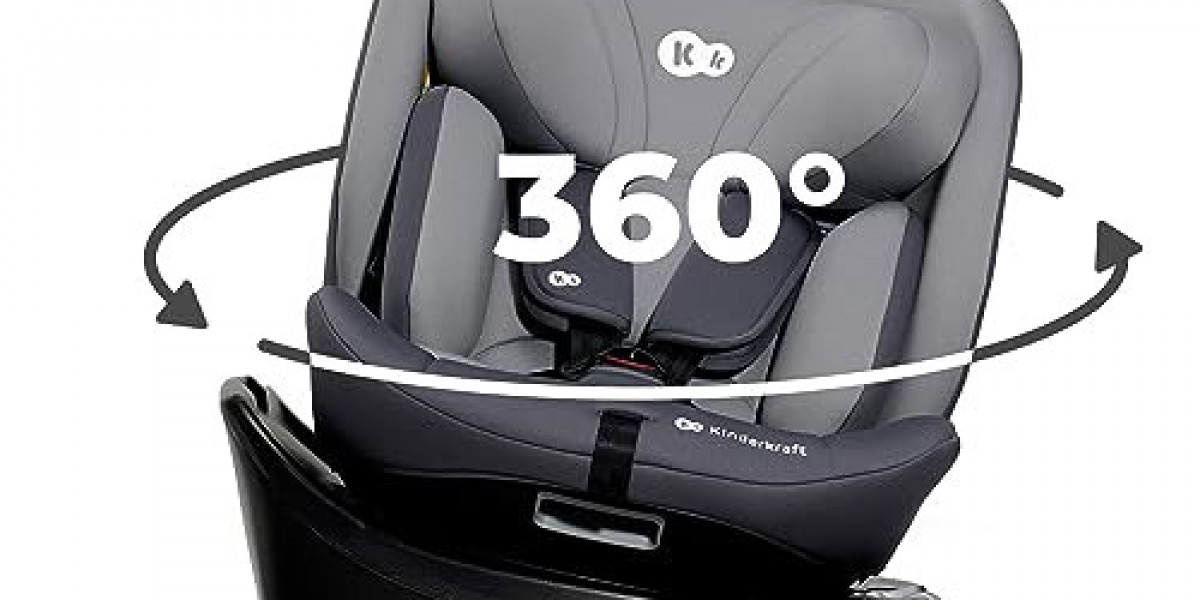
The Rise of Integrated Ovens and Hobs: An In-Depth Look
In today's busy world, home cooking has gone through a substantial change. One innovation that has exceptionally impacted kitchen design and performance is the integrated oven and hob, which integrates both cooking appliances into a single, cohesive system. This post checks out the advantages, types, installation factors to consider, and important functions of integrated ovens and hobs, in addition to offering guidelines for consumers contemplating an upgrade.
What is an Integrated Oven and Hob?
An integrated oven and hob is a kitchen appliance that integrates an oven and a cooking surface area (the hob) into one unit, typically developed to be built into the kitchen cabinetry. This style offers a smooth, modern aesthetic and optimizes kitchen area, while also using performance for cooking and baking. As the preferences for open-plan living continue to increase, integrated units create a structured appearance which blends perfectly with kitchen furniture.
Secret Advantages of Integrated Ovens and Hobs
- Space-Saving Design: Integrated units are perfect for smaller kitchens, permitting homeowners to use readily available area successfully without jeopardizing on performance.
- Visual Appeal: With their structured appearance, these appliances develop a contemporary and cohesive kitchen design, eliminating the requirement for standalone systems.
- Alleviate of Use: Integrated ovens and hobs generally feature user-friendly interfaces and controls, making them available for cooks of all ability levels.
- Improved Safety: Many integrated systems include safety systems, such as kid locks or automatic shut-off functions, which can improve safety during cooking.
- Energy Efficiency: Integrated appliances often boast enhanced energy effectiveness, decreasing electrical power bills and environmental impact.
Types of Integrated Ovens and Hobs
Integrated ovens and hobs are offered in numerous setups to accommodate different cooking requirements and choices. Below are some popular types:
| Type | Description |
|---|---|
| Single Oven + Hob | A standalone oven with a built-in hob on top; perfect for compact cooking areas. |
| Double Oven + Hob | Offers two ovens for increased cooking capacity, combined with an integrated cookers hob. |
| Steam Oven + Hob | Combines conventional cooking with steam functionality, enhancing food flavors and nutrients. |
| Induction Hob + Oven | Features an induction hob, supplying quick heating and energy effectiveness. |
| Gas Hob + Oven | Integrates the responsiveness of gas cooking with an electric or traditional oven. |
Installation Considerations
When incorporating an integrated oven and hob into a kitchen remodel or new build, numerous factors need to be thought about:
- Space Requirements: Ensure that there is sufficient area for the combined system and that it fulfills regional structure policies.
- Ventilation: Adequate ventilation is important, especially for gas systems, to prevent buildup of poisonous gases.
- Power Source: Determine the proper power source (electric integrated oven, gas, or dual-fuel) and guarantee that the kitchen has the essential connections in location.
- Design and Finish: Choose a style and surface that matches the overall design of the kitchen. Stainless-steel, sia amzdo102 black built-in double oven - 60cm, and white are popular finishes.
- Expert Installation: It is a good idea to employ a qualified specialist for setup, especially for gas systems, to make sure safety and compliance with structure codes.
Important Features to Look For
Customers need to consider various features when selecting an integrated oven and hob:
- Self-Cleaning Options: Many modern ovens included self-cleaning functions, making upkeep simpler and more efficient.
- Smart Technology: Some integrated models offer smart functions such as remote control, cooking guides, and notifications.
- Multi-Cooking Functions: Look for ovens that enable different cooking techniques (bake, broil, steam, etc).
- Security Features: Ensure that the system includes security features such as an automobile shut-off, heat indicators, and safe lock systems.
- User-Friendly Controls: Intuitive touch controls or knobs can improve the cooking experience.
Frequently Asked Questions (FAQs)
1. Are integrated ovens and hobs more energy-efficient than standalone units?
Yes, integrated ovens and hobs are typically designed to be more energy-efficient, making them a sensible choice for the environmentally-conscious consumer.
2. Can I set up an integrated oven and hob myself?
While it is possible for knowledgeable DIY enthusiasts, it is normally suggested to have actually a qualified technician perform the installation, especially for gas appliances, to ensure safety and compliance with policies.
3. Do integrated units have the exact same cooking capability as standalone appliances?
Yes, lots of integrated designs are created to match or surpass the cooking capabilities of standalone units, offering enough area for different cooking needs.
4. What is the lifespan of an integrated oven and hob?
With correct care and maintenance, integrated ovens and hobs can last anywhere from 10 to 15 years or more.
5. Exist any brand names that focus on integrated ovens and hobs?
Yes, several respectable brand names, such as Bosch Serie 4 Built-in Oven with 3D Hotair, Neff, Smeg, and AEG, provide a broad variety of integrated ovens and hobs that deal with various budgets and preferences.

The integrated oven and hob represent a substantial advancement in kitchen technology, combining design, functionality, and performance into a single appliance. As households continue to accept modern cooking methods and visual appeals, these systems will likely acquire much more appeal. Consumers ought to consider their cooking practices, kitchen designs, and personal choices when choosing the perfect integrated unit, ensuring they enjoy the numerous advantages of these ingenious appliances for several years to come.
By understanding the different types, installation considerations, and important features of integrated ovens and hobs, house owners can make educated decisions as they invest in their cooking areas.







